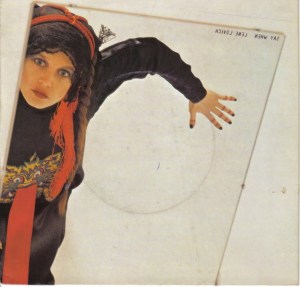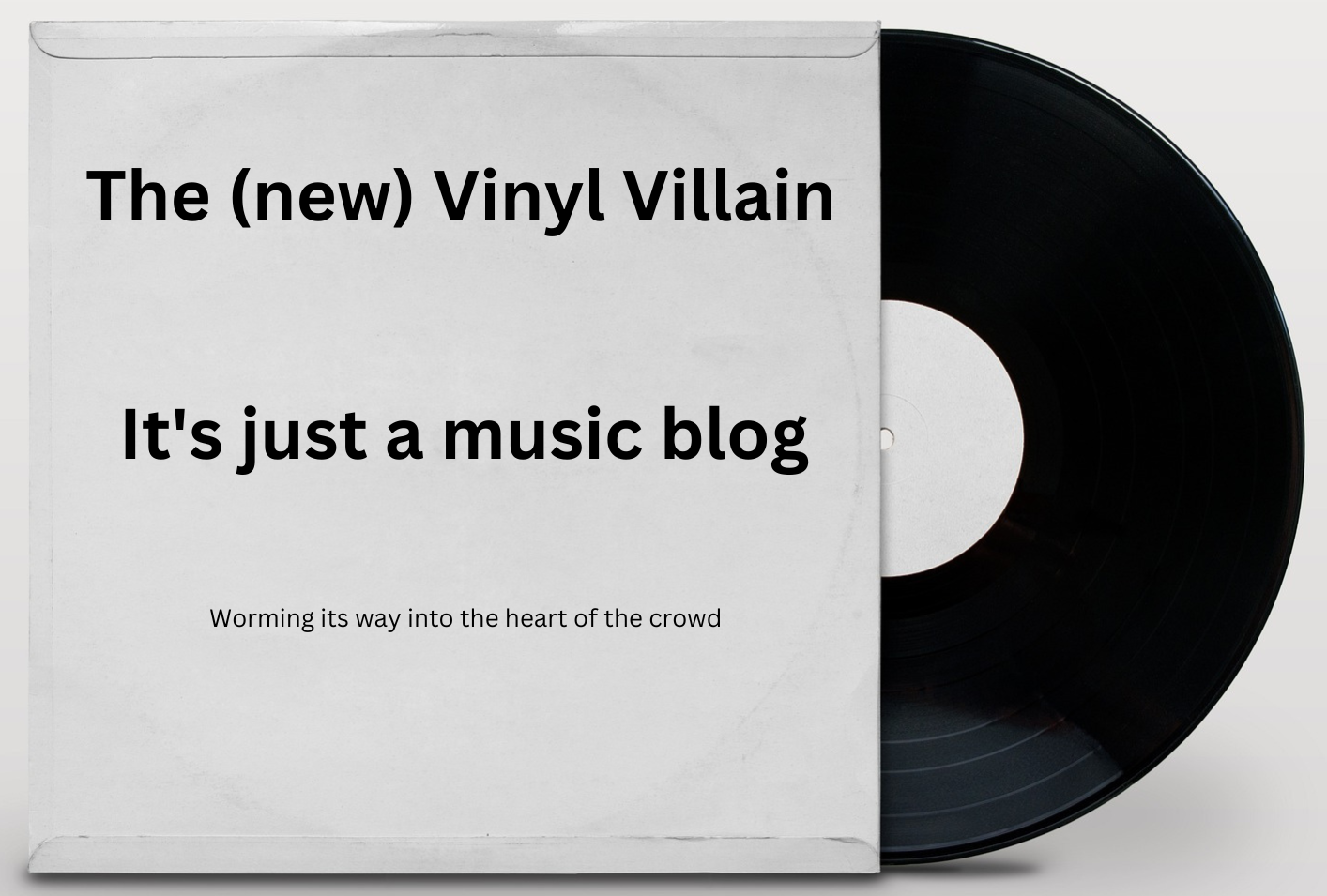
The American-born but largely English-raised Lili Marlene Premilovich (her father was Serbian) was one of many who emerged from the art school scene to find some success in the post-punk era.
Adopting the name of Lene Lovich, she came to the fore, as a 30-year old (although she looked and sounded a lot younger) after a crazy career in which she has been a sculptor, played in funk and rock bands, acted on stage, been a go-go dancer, written lyrics for disco single that had gone Top 10 and recorded screams for later dubbing onto other actresses appearing in horror films.
Her break came via Dave Robinson, the boss of the newly formed Stiff Records, who thought she would crack the pop market with a cover of I Think We’re Alone Now which had been a 60s hit in the States for Tommy James & The Shondells.
It turned out Robinson was wrong (although a later cover by another female singer would top the charts a decade later), but the b-side to the single, an original Lovich composition called Lucky Number, was then re-recorded and issued as the follow-up single in February 1979. It proved to be a huge hit, reaching #3 in the charts. The distinctive occasionally child-like delivery and different dress sense adopted by Lene Lovich, combined with the fact that having experienced the fag-end of showbiz life she knew how to play the game, meant that she had no problems in adopting a persona that fitted perfectly with the times and so she soon became a face for the new wave era.
The radio-friendly single was also a smash in a number of other countries including Australia, New Zealand, Belgium, Holland and Ireland
The follow-up single was released in April 1979 and the fact that it reached #19 means nobody could accuse Lene Lovich of being a one-hit wonder:-
mp3 : Lene Lovich – Say When
This single however, did nothing outwith the UK, with the exception of Belgium and Holland.
Although she went on tour with a number of other acts on Stiff, and the label continued to issue singles and LPs through to 1982, there was never any real move to have her become a serious new-wave performer (as seen by the cartoon-like feel to Say When) and it didn’t take long for the novelty factor to wear off and for the next quirky female to get the media spotlight. Lene Lovich never bothered the singles charts again.
Now you have information that one day might come in useful in a pub quiz. But most likely not.

Thanks for this. She and her band were excellent live and she’s still treading the boards.
Maybe it was just a NYC thing but LL was massively popular in the dance clubs circa ’79 – ’81. I don’t remember ‘Say When’ but ‘Lucky Number’ and ‘New Toy’ would be very well known to every kid in the city. ( I just looked it up and am surprised to see that neither singles charted in the US — would’ve thought both were big hits.)
Yup, NYC really went a long way to adopt Lovich and Les Chappell in a big way. Once she hooked up with another NYC adoptee Nina Hagen, it was a NYC nightclubbers wet dream come true (you may think I exaggerate…I tell you I am not). This was a time just before BIllboard really began to recognize alternative rock and pop and started their Modern Rock charts. But an artist like Lovich could live very comfortably on the sales and performances in big city markets like NYC, Boston, LA, SF, back then.
Bird Song got to 39, a great eerie melodramatic single, played a lot on the radio and I think was on totp. All in all 6 UK hits in the top 75..